


Transform urban air with Greenwall Biofilter and boost office productivity with Recharge.
Discover Our SolutionsIndian offices and homes are suffocating. Poor ventilation, sealed windows, AC reliance, and extreme weather push indoor CO2 levels to 1,500–2,000 ppm—far above the healthy 800 ppm. Crowded desks and no fresh air? Your team is breathing recycled exhaustion.
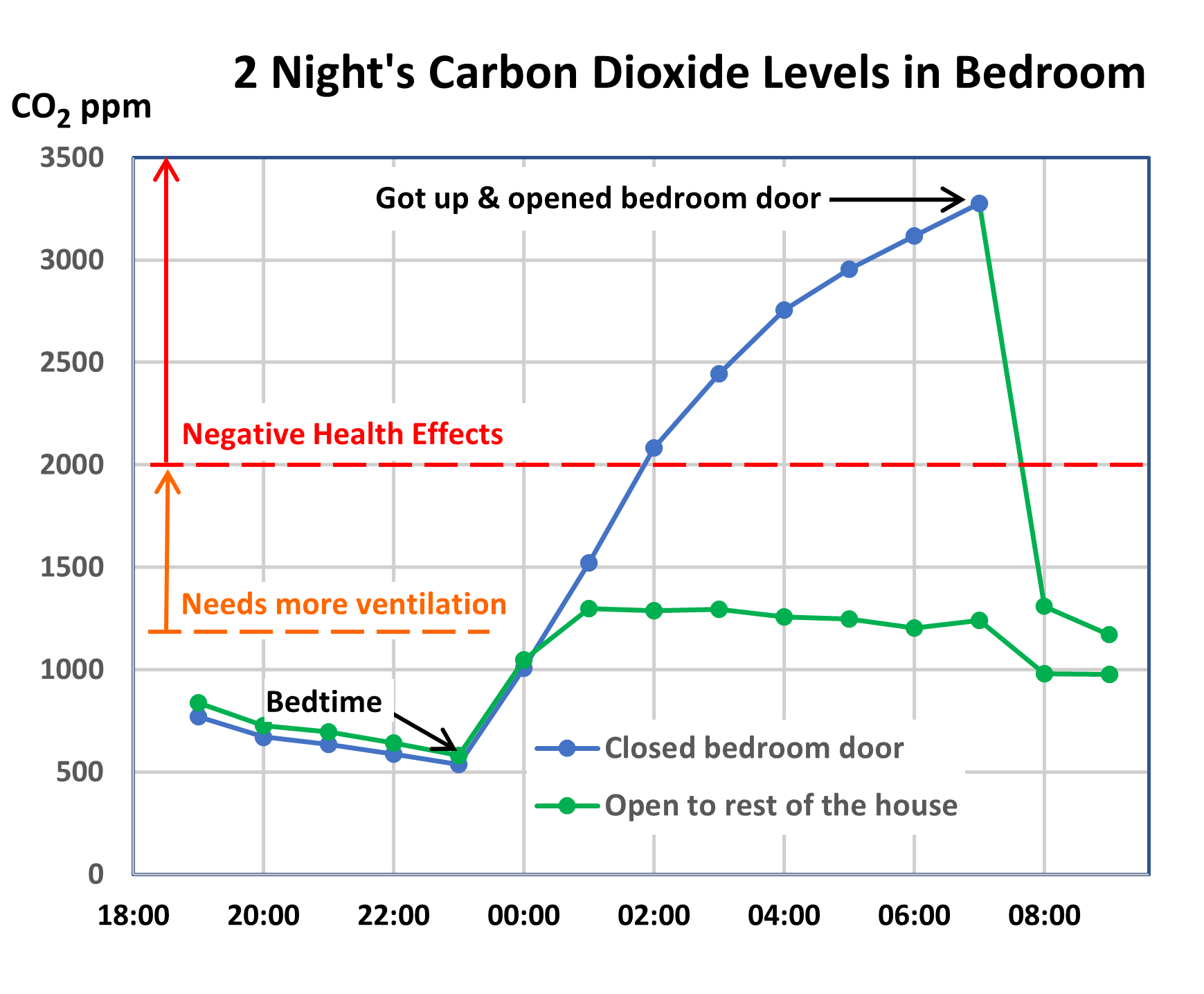
At 2,000 ppm, decision-making drops 50%, and tasks take 60% longer. Your employees yawn, feel sluggish, and struggle to focus by the day’s end—productivity plummets by up to 80%. Below 800 ppm, they’re sharper, faster, and smarter, with up to 90% productivity gains.
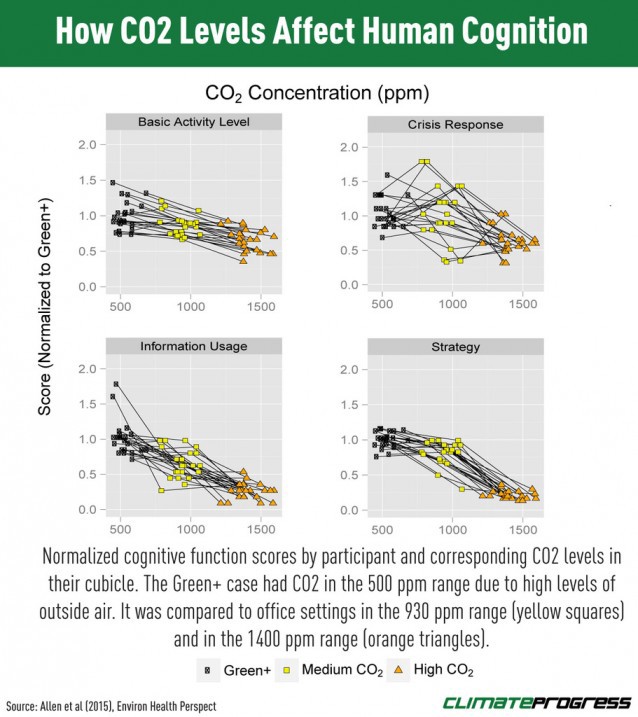
Recharge captures CO2 and releases it into the atmosphere, keeping your office at an optimal 500 ppm all day. No more sluggish afternoons—your team stays sharp, focused, and productive. It’s the invisible upgrade your office needs to unlock its full potential.
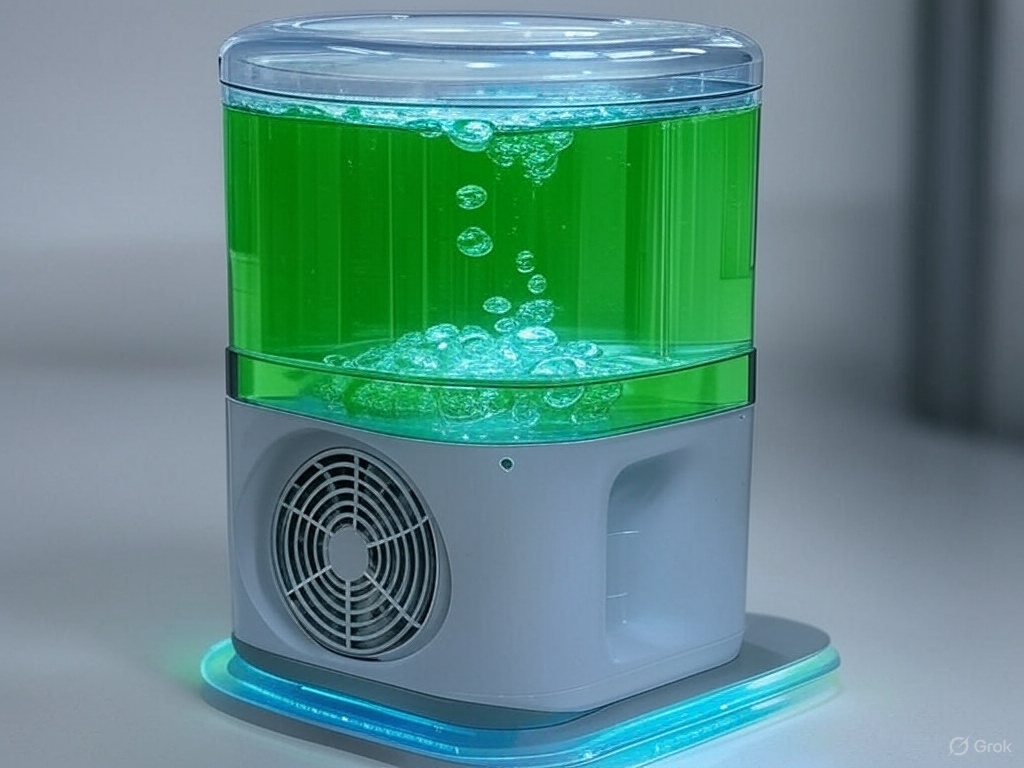
Boost productivity by up to 90% with Recharge. Act now—your employees deserve better.
Get Recharge TodayOur patented algae-moss biofilter tackles particulate matter (PM), gaseous pollutants, and volatile organic compounds (VOCs) with near-zero energy consumption—delivering the air purification power equivalent to 90 mature trees in just 41.8 m². Designed for urban environments, the Greenwall Biofilter combines nature and technology to create cleaner, healthier air sustainably.
Polluted air enters through natural convection—no energy cost.
Algae and moss capture PM, NOx, VOCs, and CO₂ effectively.
IoT sensors ensure optimal performance with minimal energy.
150,000 m³/h of clean air with 40–60% pollutant reduction.
The Greenwall Biofilter uses a multi-layered approach to purify urban air, combining the natural filtration capabilities of ferns and algae with an innovative misting system for optimal performance. Here’s a step-by-step look at the process:
The process begins with the fern layer, which acts as the primary filter. The fern’s dense foliage and high surface area effectively capture fine particulate matter (PM₂.₅, PM₁₀) and absorb residual gaseous pollutants such as NOx and VOCs. Beyond filtration, the ferns contribute to oxygen release and microclimate cooling, creating a healthier urban environment.

Next, the air passes through the algae layer, which serves as a secondary filtration system. Algae metabolize gaseous pollutants like CO₂, NOx, and VOCs, converting them into biomass through photosynthesis. The algae’s sticky biofilm also traps any remaining fine particulate matter (PM₂.₅, PM₁₀) that may have passed through the fern layer, enhancing overall air purification efficiency.

The misting system plays a crucial role in maintaining the biofilter’s efficiency. It prevents dust buildup by washing away trapped pollutants and ensures optimal humidity levels for the growth of both algae and ferns. This autocleaning mechanism keeps the system running smoothly with minimal maintenance.
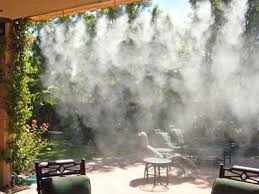
After passing through the biofilter, the polluted air is transformed into fresh, purified air. The Greenwall Biofilter releases up to 150,000 m³/h of clean air back into the environment, achieving a 40–60% reduction in pollutants. This sustainable solution not only cleans the air but also contributes to a greener, healthier urban landscape.
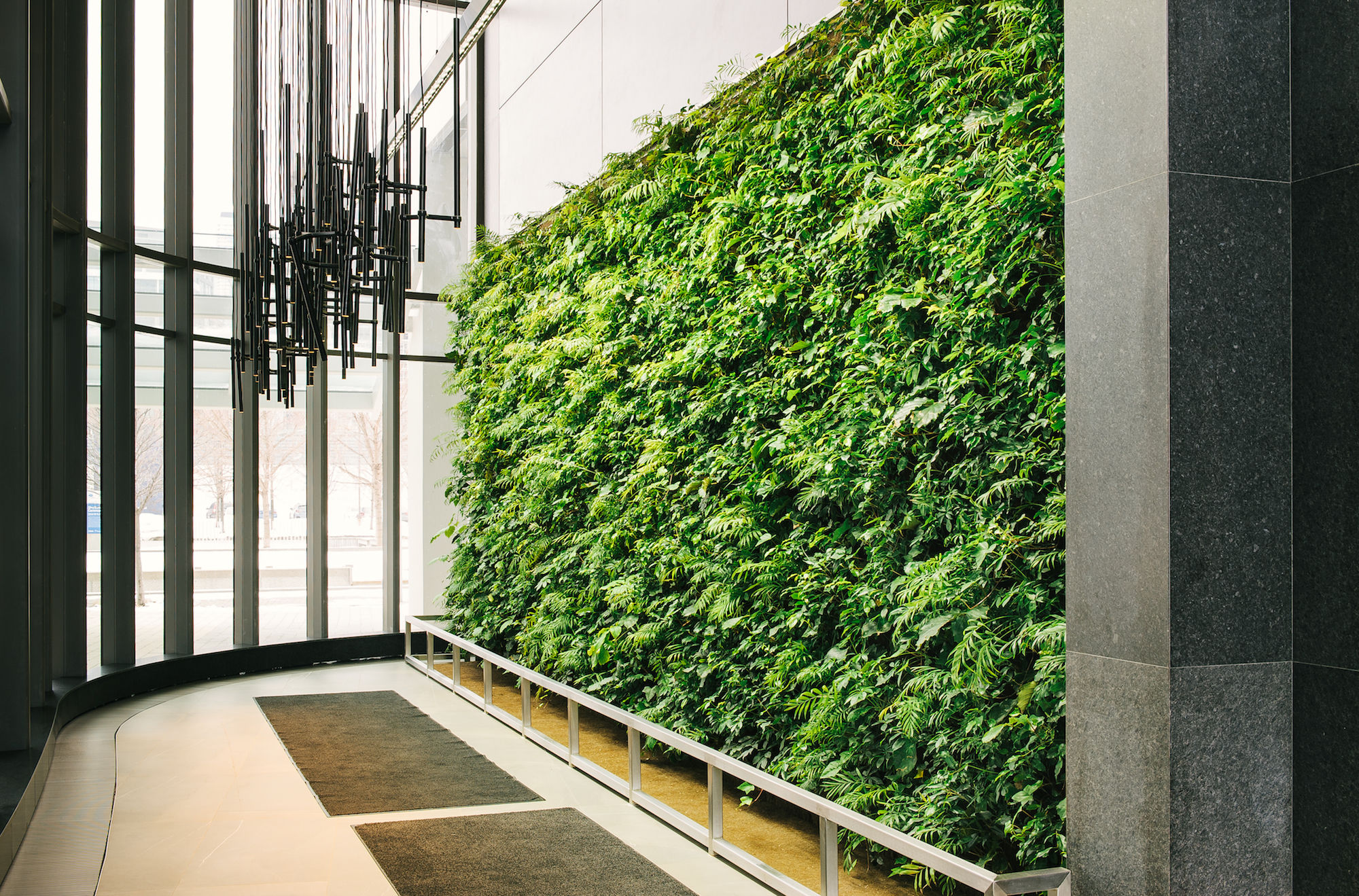
The Greenwall Biofilter delivers unparalleled air purification for urban environments, reducing pollutants by up to 60% while consuming minimal energy. It’s a sustainable solution that transforms city air quality, equivalent to the impact of 90 mature trees in a compact 41.8 m² footprint.
Our Greenwall Biofilter stands out in the market due to its innovative technology, efficiency, and eco-friendly design. Here’s how we compare to traditional air purification solutions:
| Feature | Greenwall Biofilter | Traditional Air Purifiers |
|---|---|---|
| Energy Consumption | Near-Zero (Passive) | High (Active Systems) |
| Pollutant Reduction | 40–60% (PM, NOx, VOCs, CO₂) | 20–40% (Limited Scope) |
| Space Efficiency | 90 Trees in 41.8 m² | Requires Large Footprint |
| Maintenance | Low (IoT Monitoring) | High (Frequent Filter Changes) |
| Sustainability | Eco-Friendly (Algae-Moss) | Consumes Non-Renewable Resources |